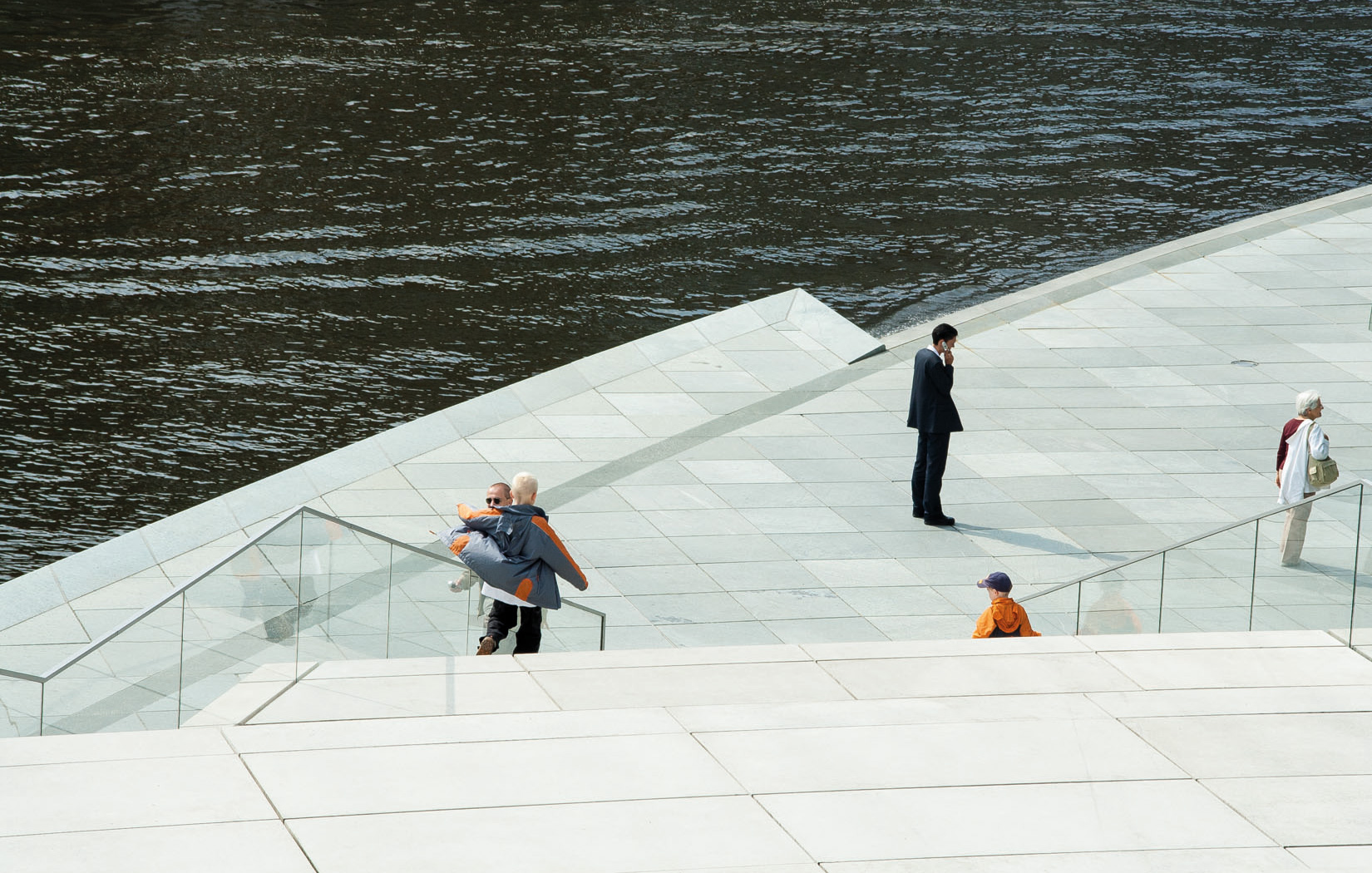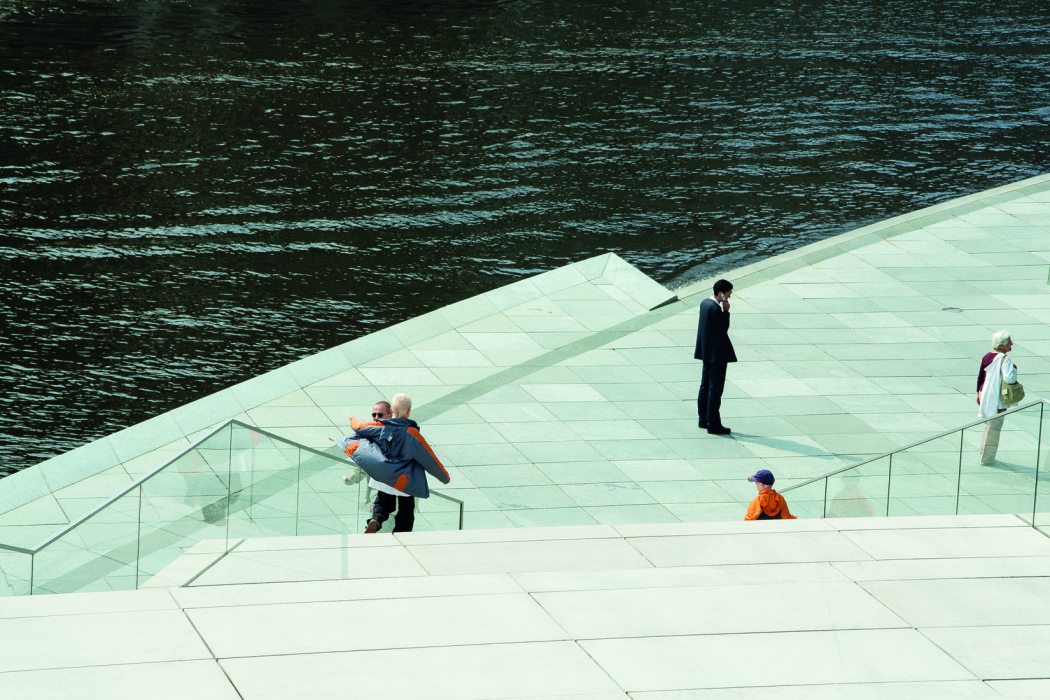
Photography: Martino Marangoni
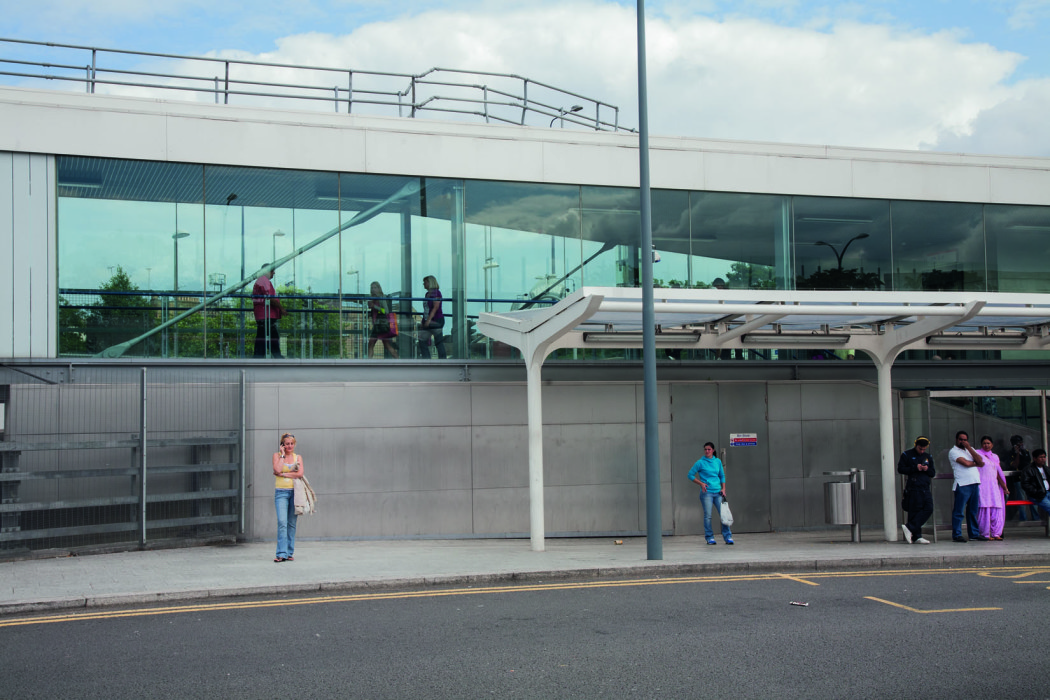
Photography: Martino Marangoni
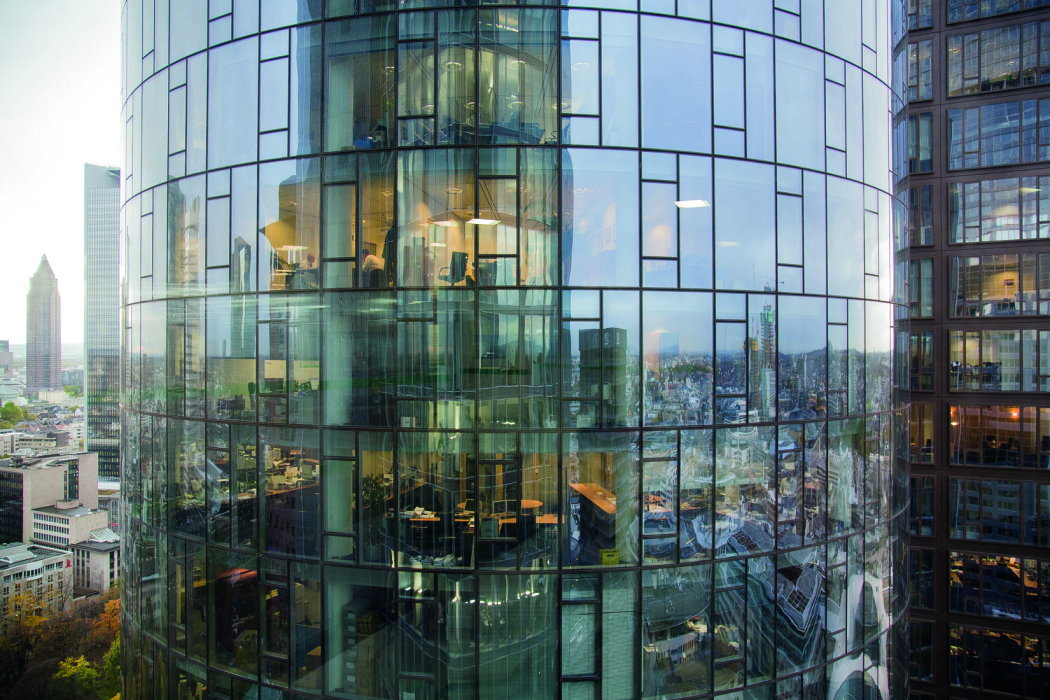
Photography: Martino Marangoni
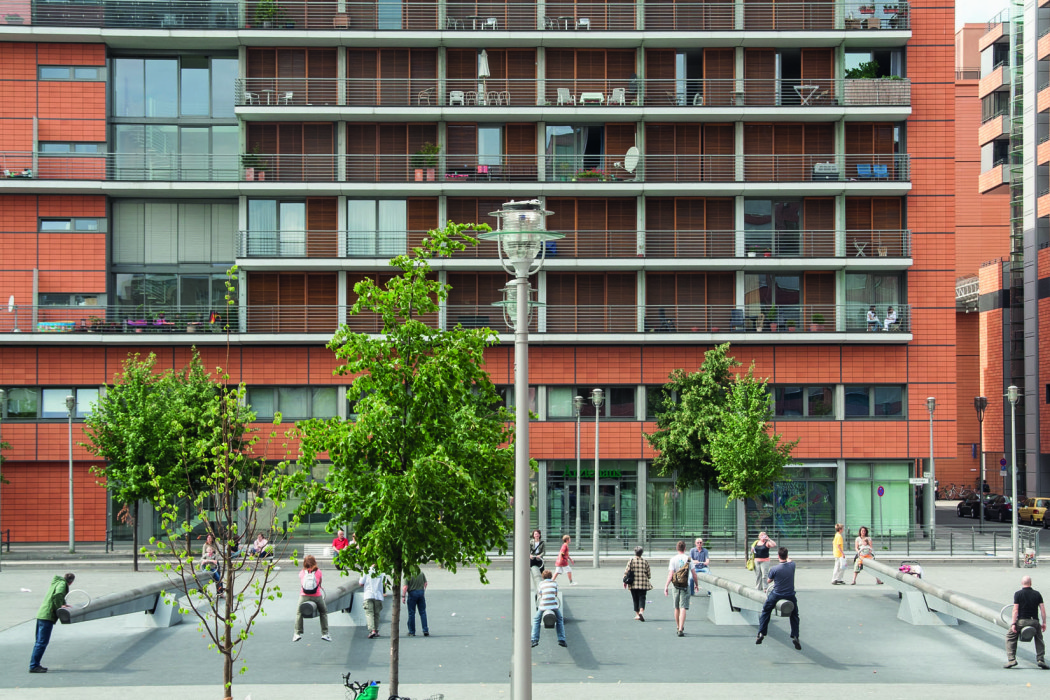
Photography: Martino Marangoni
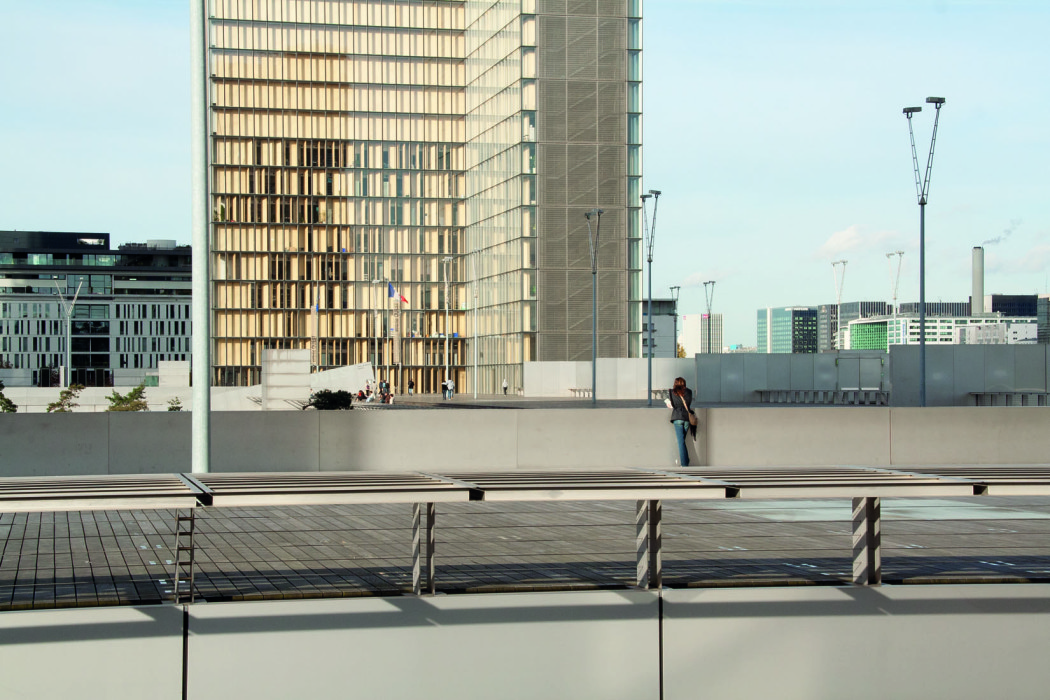
Photography: Martino Marangoni
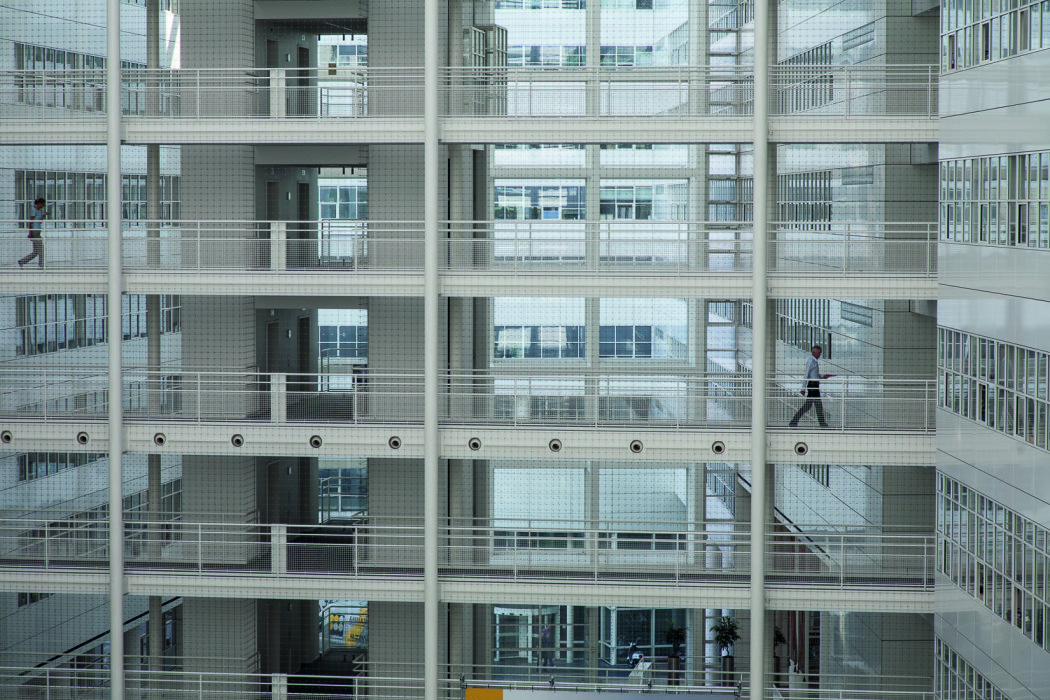
Photography: Martino Marangoni
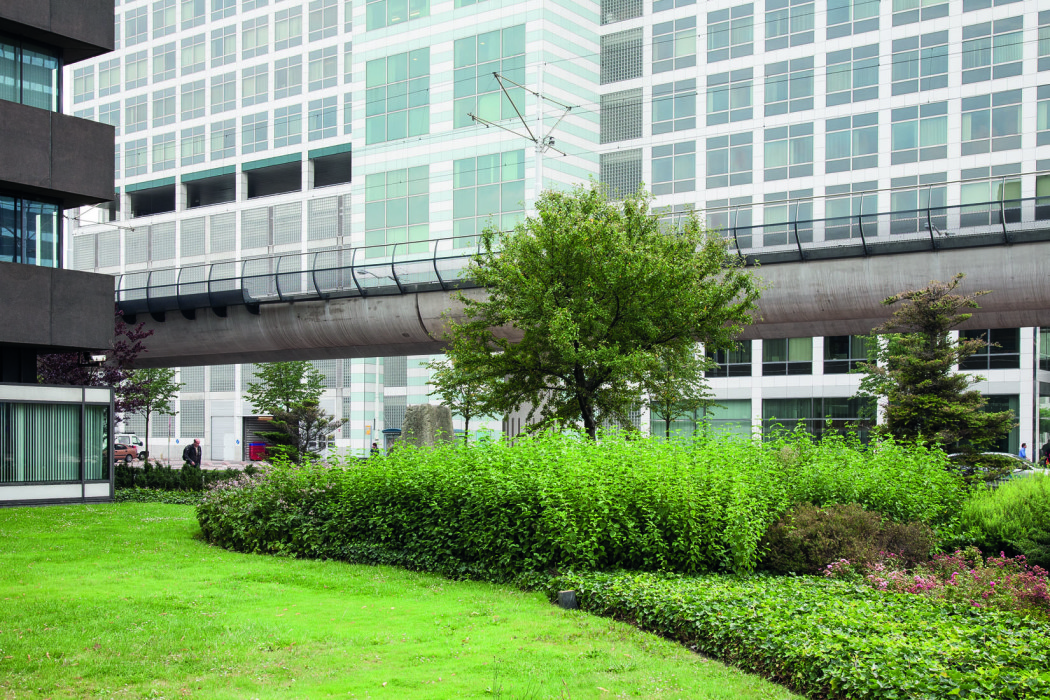
Photography: Martino Marangoni
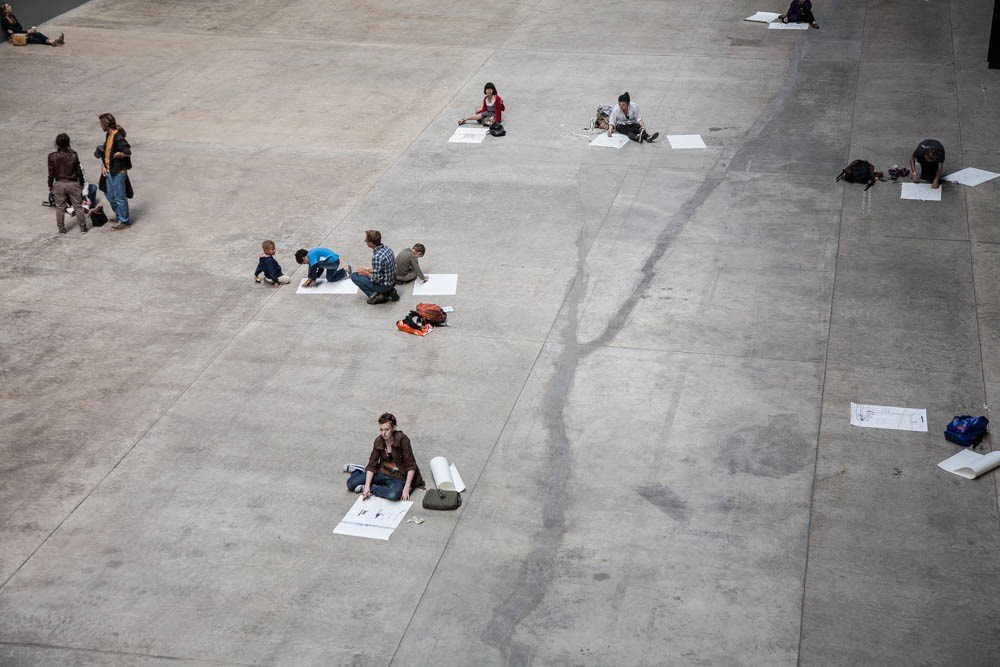
Photography: Martino Marangoni
With its anonymous glass towers and bleak asphalt terrain, the city can feel like a lonely place even to its long-term residents. Moving from home to work, from building to building, we pass through its bustling public spaces – but how often do we linger in them?
Photographer Martino Marangoni sees these thoroughfares as a metaphor for our struggle to connect with each other: ‘Though there are a few exceptions, our cities’ public spaces are not really conceived as places to sit and linger. In fact, they’re just not conducive to social situations, they’re actually designed to discourage it’.
Spanning a period of eight years, Alone Together sits at the intersection of architectural and street photography as Marangoni documents spaces in cities across the globe.
In that time, mobile phones have become portable offices, wifi has been installed in city squares and yet, even in this time of hyper-connectivity, our public spaces remain solitary realms. ‘They are microcosms for today’s society, where you can be in a crowd but be completely isolated.’
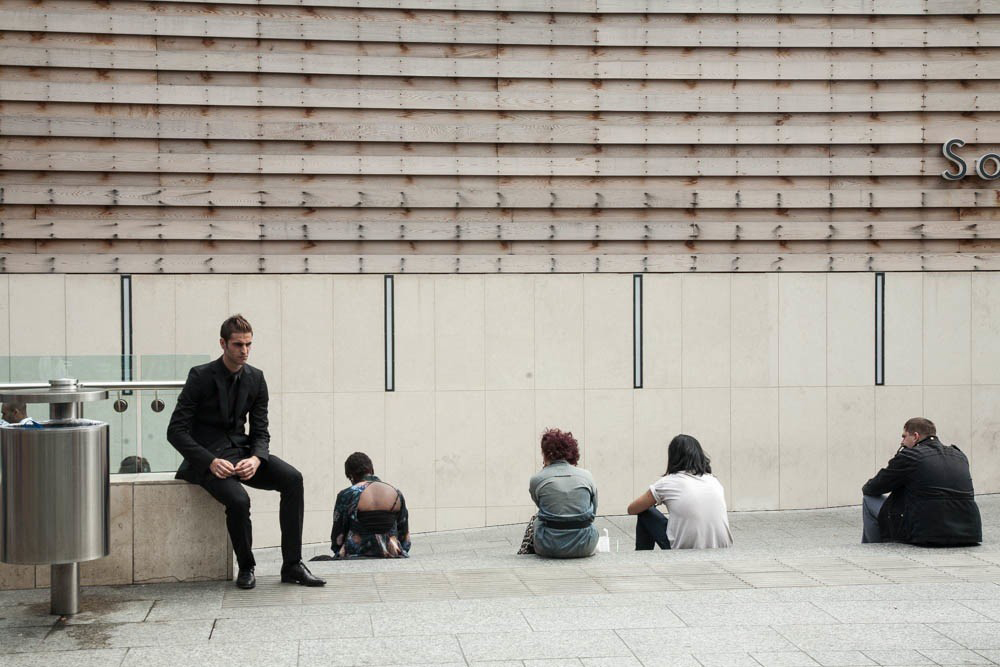
Marangoni lives in Florence, a city known for its Renaissance architecture, where the pace of change is slow. ‘They take 20 years to decide if they want to make a new building – it’s very restricted,’ he says. ‘Any time I pass through a city that builds new structures, it’s really exciting for me.’
Fresh architecture projects offer opportunities for rethinking the urban realm. But are we getting better cultivating these areas and the roles they should play?
‘Renzo Piano created a great public space with the Potsdamer Platz in Berlin, where people can play and have picnics – that’s an excellent example of the use of public space. But in general, new architecture around the city needs to try harder.’
Take notice, world.




